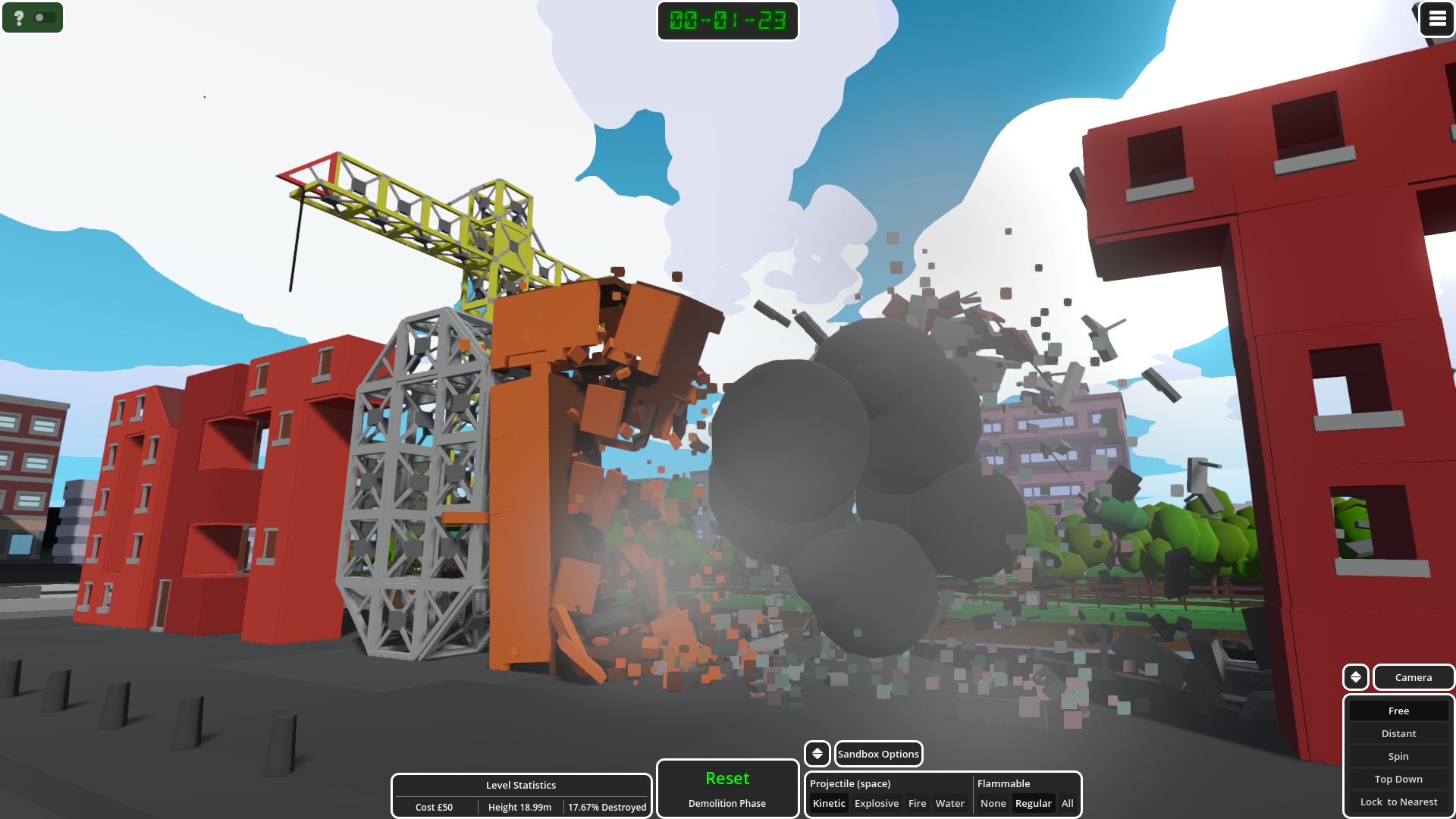When Mark Judd began self-publishing, indie game developers were as rare as hen dentists. After a lengthy hiatus, the chap behind pleasingly physical diversions such as Detonate*, X-Sail, and Vertigo has returned to the fray recently with a new instalment of his explosive demolition sim.

* The original Detonate (pictured above) really should have featured in Firefighting Week as its blazes spread and ravage with uncommon naturalism.
THC: Are you one of the legion of British devs who can trace their interest in game coding back to the ZX Spectrum?
Mark: Yes, I am one of Sir Clive Sinclair’s many IT offspring. Summer holidays were spent copying code into the Spectrum from Crash magazine and then feeling like a proper programmer when you modified a single number to change the colour of something on screen.

My parents bought a Spectrum game on cassette called French Is Fun. Spoiler: It wasn’t fun. I realise now that this was in fact my first exposure to the ‘Edutainment’ genre and it was truly horrific. It affected me so badly that it acted as a catalyst towards starting to create some better games myself.
I’m sure there are many who owe a career in IT to this period, and the home computers of the time were all good in different ways. That said I do have a soft spot for the Spectrum and still get misty eyed whenever I hear the In The Hall of The Mountain King bit-tune.
THC: Realistic physics are something of a Wildebeest Games hallmark. Of all the games you’ve created over the years, which one stretched your maths skills and knowledge of Newton’s laws most severely?
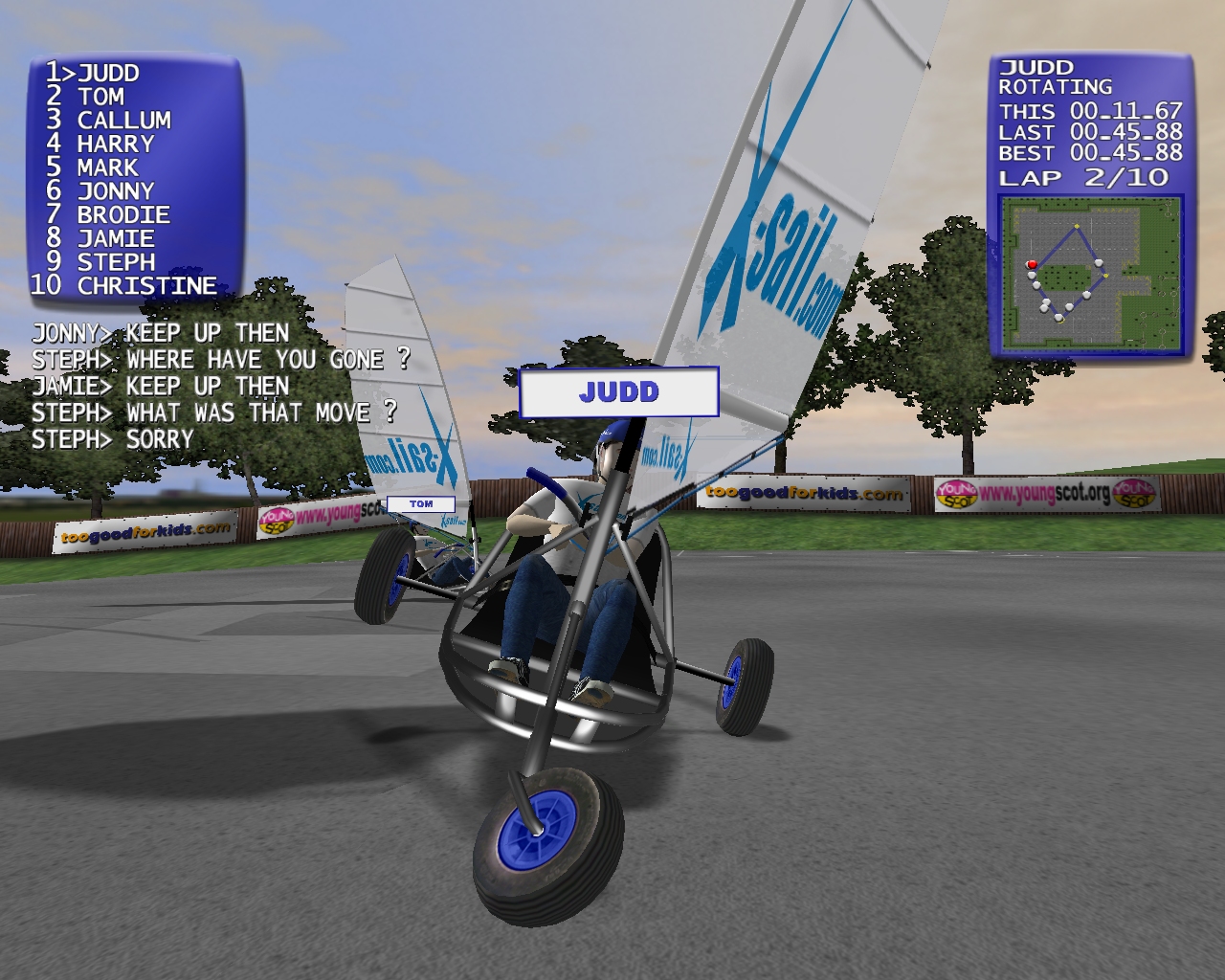
Mark: The land yacht games I’ve done are probably the most involved in terms of physics. The vehicle and wheel stuff is pretty straightforward but when I started to research sails and sailing mechanics it got complicated (for me at least) really quickly.
I learnt that as the sail moves through the air its profile affects the air pressure on its surfaces and the resultant forces can do amazing things. It’s no longer just about which direction the wind is coming from but also the tightness and angle of the sail and the speed the yacht is moving at relative to the prevailing wind. Couple this with the potential for the yacht to be tipping over so the mast and sail are no longer at right angles to the floor and the numbers can get quite involved.
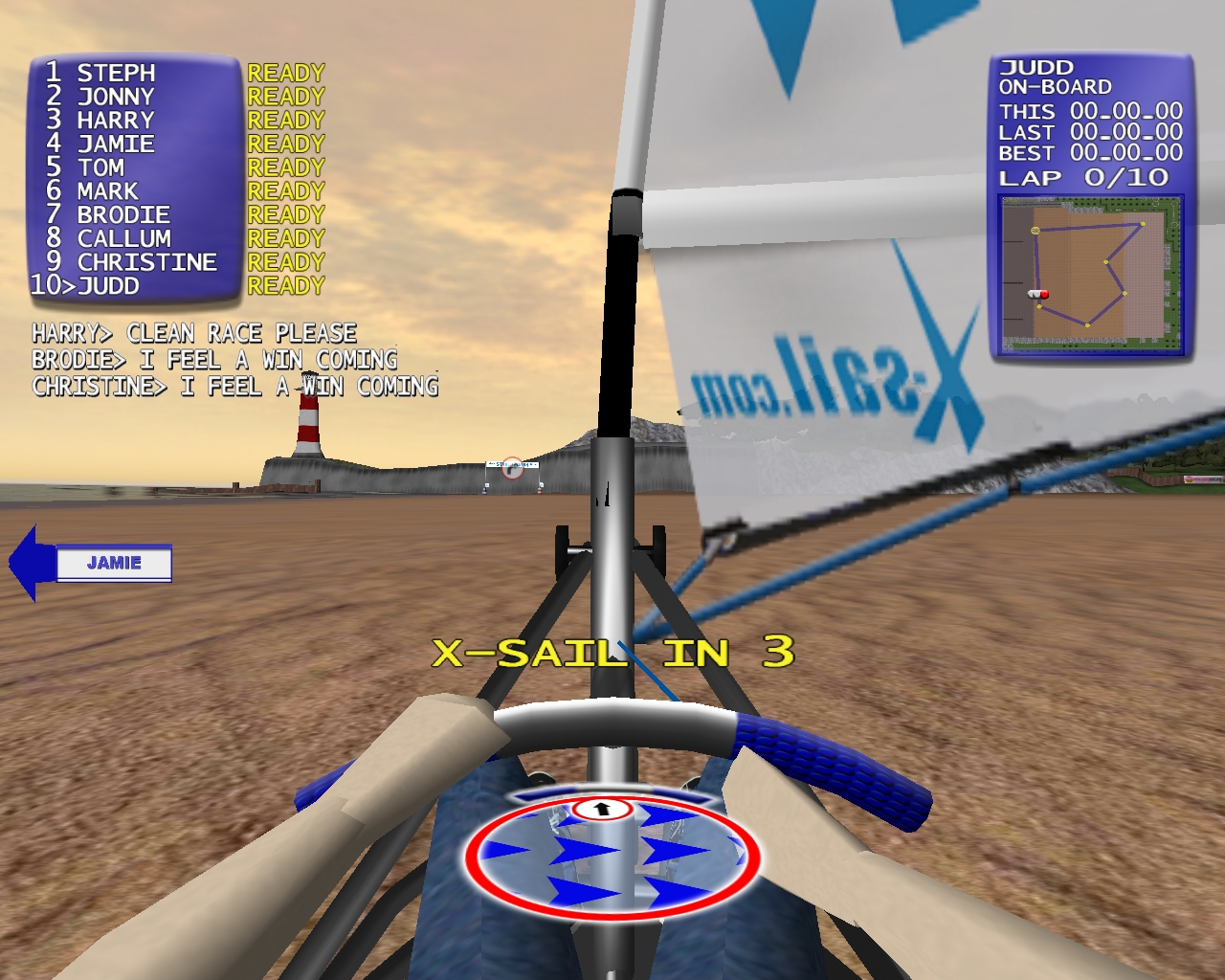
In the right hands a land yacht can do up to three times the speed of the wind (due to the lack of drag from water) so I figured this would make an ideal subject for a racing game and I do like the alternative approach this gives to competition having to manage your sail while steering and so on.
THC: In the early Noughties, Black 5, your steam loco sim, created considerable excitement in the nascent train sim community. Why was the project abandoned and do you regret not seeing it through?
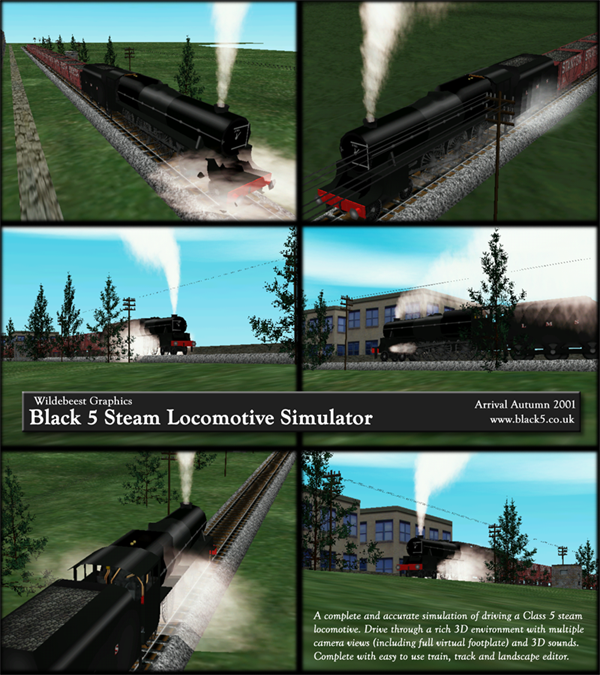
Mark: If you were to look up the definition for ‘Overly Ambitious’ you’d probably find a picture of me and a screenshot of Black5. When I started the project I’d only finished one title before – Loco Commotion, a simple little train puzzle. I naively dropped an early demo onto a coding forum and before I knew it a few weeks later another developer had re-written it and was selling it. I did learn an early developers lesson though – don’t overshare your title until its well on its way to readiness.
So I started again but instead of it being a little puzzle game I figured I’d write a 3D steam locomotive sim. The platform I was using wasn’t really geared up for the challenge, and neither was I in truth. I did get to the point where I had a working locomotive, rolling stock and a 3D environment, but all were pretty ropey. I put together a demo and published it on the internet thinking it might generate some interest and perhaps a sponsor or an offer of collaboration perhaps.
Not long after a friend who ran a web train sim group had an invite to go over to the USA as a guest of a company called Microsoft – who were about to release a new game called Train Simulator. He came back and shared his thoughts on how good their game was, which kind of deflated me, and effectively the project was shelved from that point.
I think I might have been able to expand the Black5 title some more if I’d continued but obviously it never would have been anything like on the same level as Microsoft’s. So I am sorry that I never finished it, but it’s most likely for the best as it would have been a bit rubbish in comparison.
THC: For those who haven’t Detonate-d in the past, how does the new version improve on what went before?

Mark: The orginal version of Detonate was truly just a sandbox, with no purpose or direction, simply create a structure and break it. Most folk did seem OK with this, but I realised it’s not really enough. So Detonate 3 has a simplistic challenge mode where players have to meet pre-defined rules whilst breaking the building. Typically these revolve around a limited explosives budget, or a minimum of destruction or protection of defined parts of the structure. They do add a welcome extra bit of interest to bringing the building down. And theres still a sandbox mode for those who just want to destroy stuff.
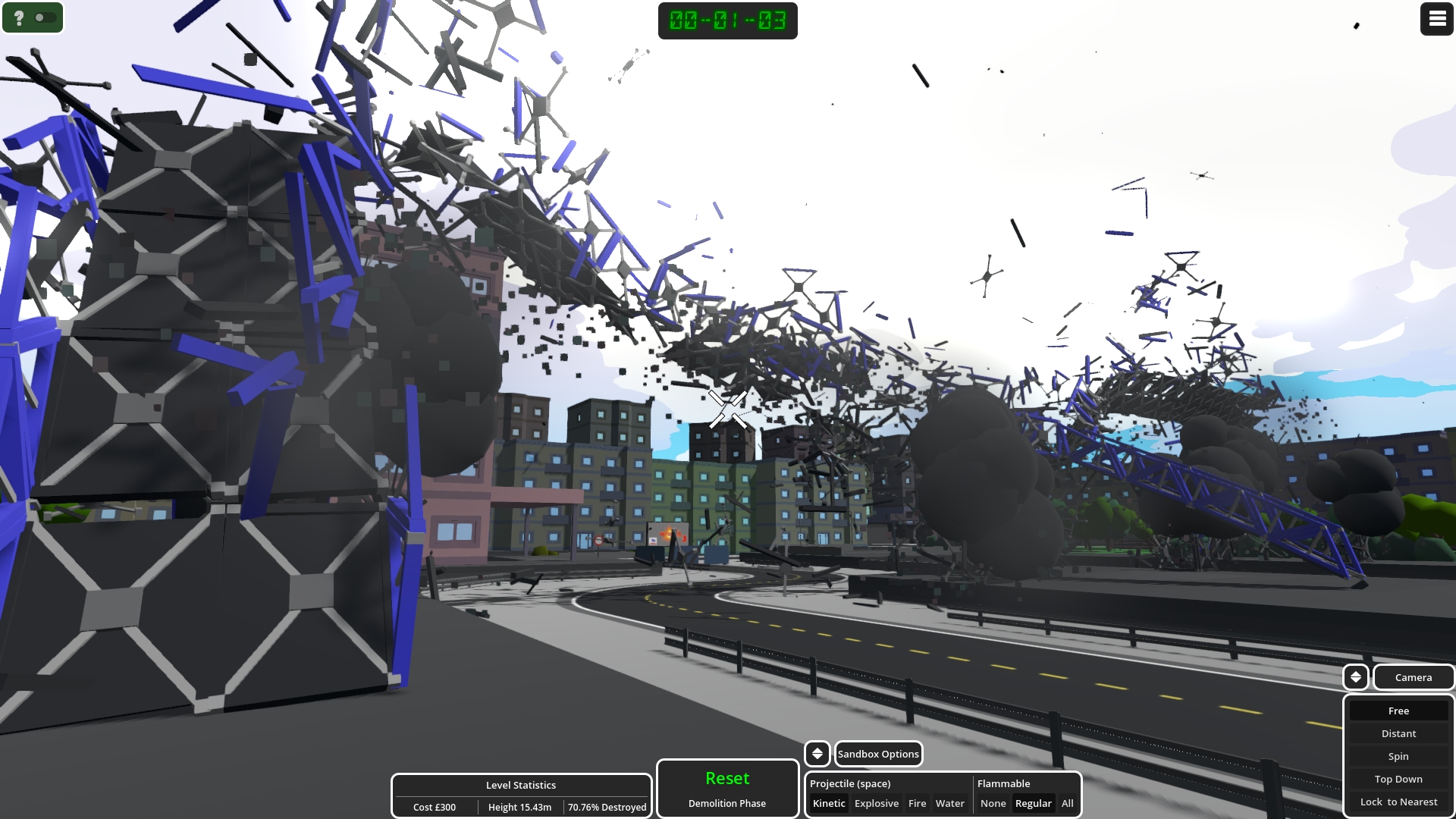
The building elements themselves are more complex in physics terms than previous versions. Early versions of Detonate had simple rectangular blocks with differing textures to mimic windows and doors for example whereas the new version has proper geometry where a window element actually has a hole in the middle and a modelled frame and so on. These building elements themselves can fracture down to smaller elements as forces dictate.
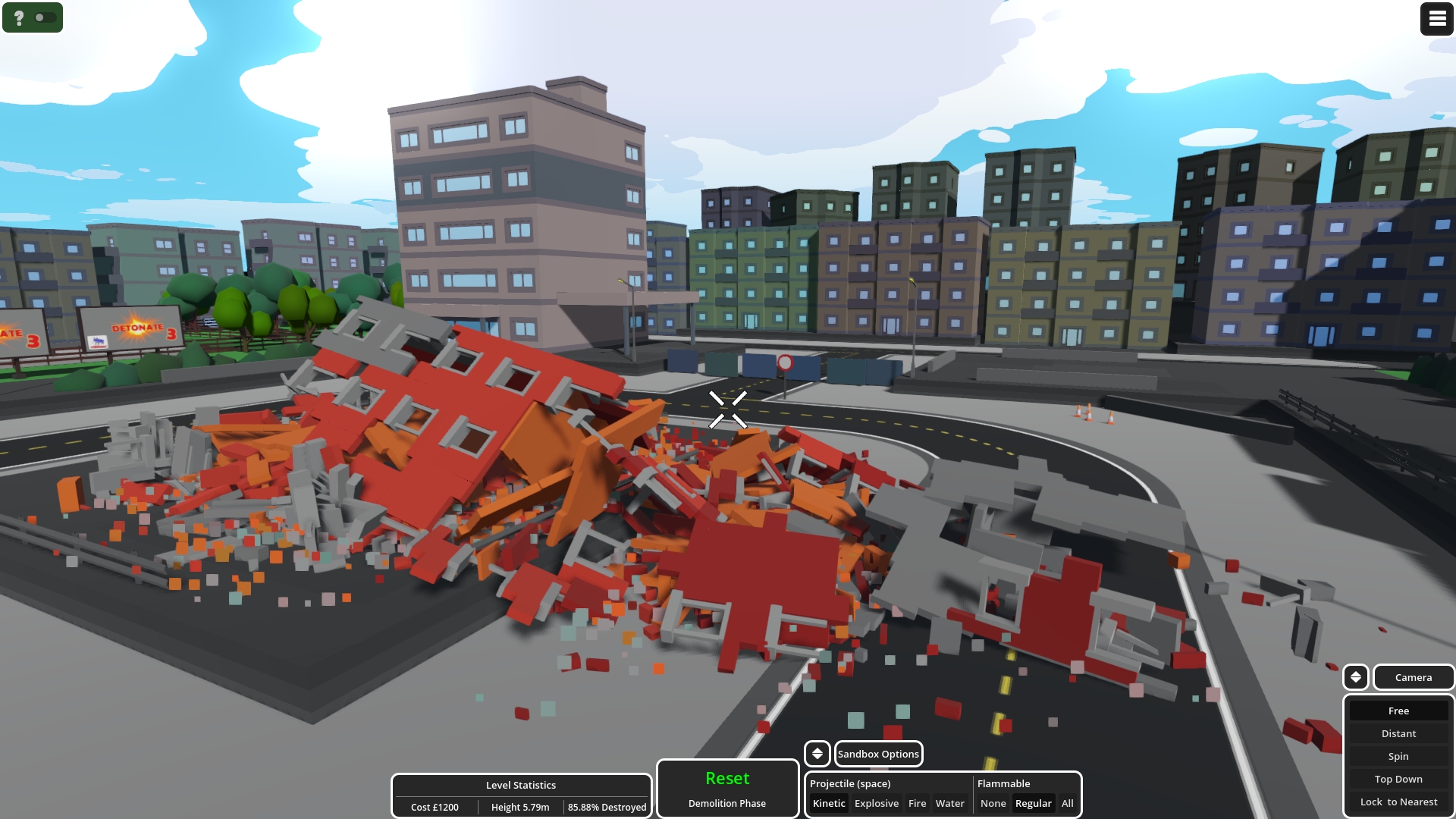
The largest improvement I feel is with the editor. The new editor is hopefully much easier to use than the previous version – there’s an undo facility and tools to duplicate sections of buildings and to rotate and change the properties of selected items. The available building bricks are in libraries with icons that can be filtered. It’s also possible to modify landscapes and the challenges mentioned above.

The new game engine (GODOT) has allowed for more building complexity and efficiency in the building simulation, so the structures can be larger and destruction more dynamic than previously.
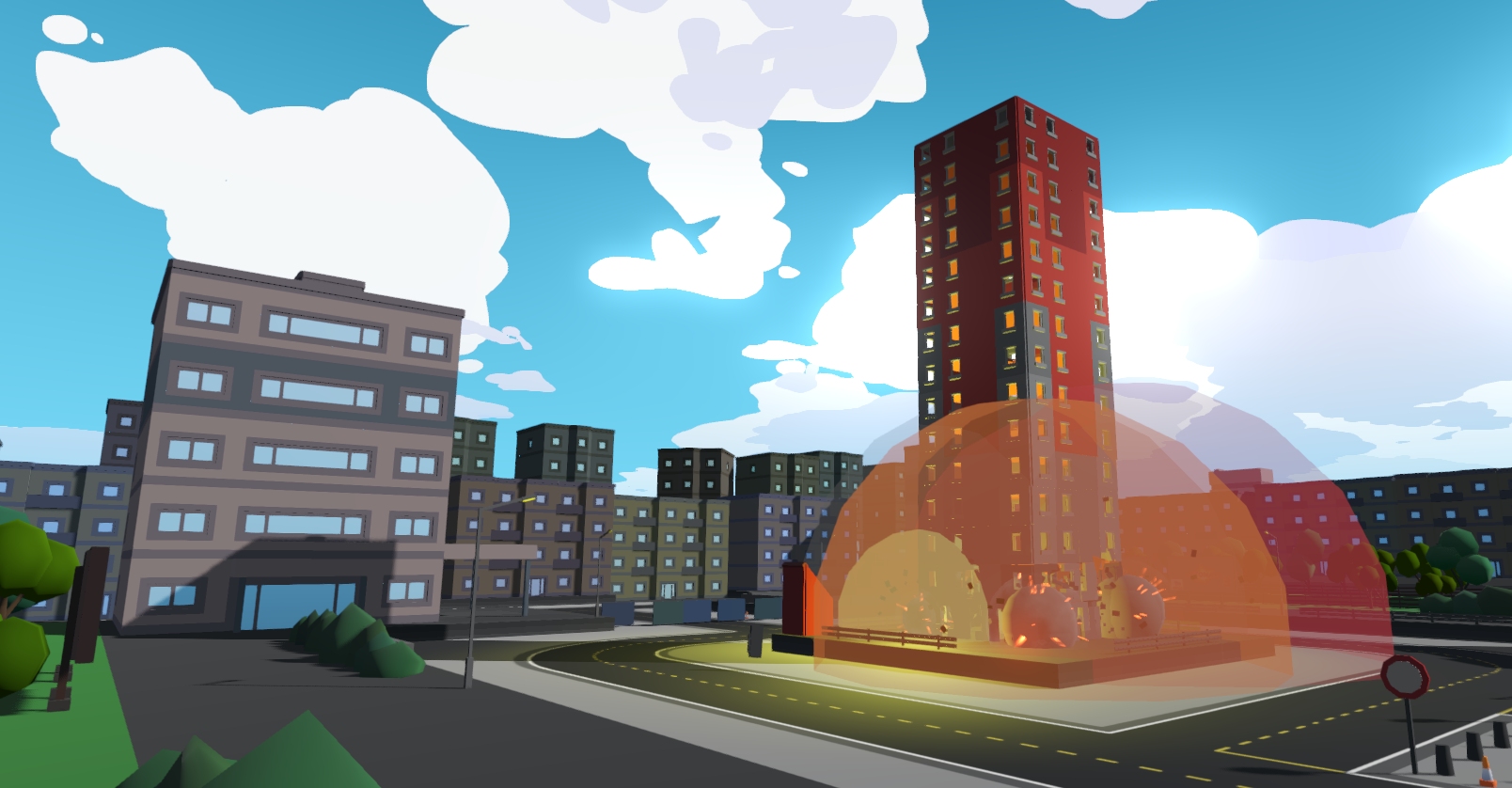
Finally Detonate 3 has been written to allow for future mod support, so the final version should feature a brick creation tool as well as the ability for players to easily add or modify things like explosive types and projectiles and so on.
THC: Assuming you’ve tried it, what do you think of Teardown, Detonate’s closest (?) competitor?

Mark: I’m a big fan. You’ve talked recently on THC about its fire mechanics and these along with its presentation style and story mode meant the game was a day one purchase for me. I was already messing with a refresh of the Detonate title when I first saw the excellent development diaries from Tuxedo Labs. They did prompt me to investigate a voxel approach for a while, but after some experimentation I realised that it wouldn’t mesh well with the dynamic joint method I was already familiar with and so I decided to stick with what I knew.
One thing I would say is that with destruction games there’s always that tug-of-war between realism and performance.

In Detonate if you chip away at a buildings foundations the unsupported mass of the building should topple the structure if there’s not enough support. This comes at a cost though as the physics engine is checking all the elements to make sure they’re not pulling off some flotation style miracle and as a result building complexity / map size is restricted.
In Teardown you can sometimes have instances where you’d expect something to collapse but it will survive until you nudge it – this does not detract from the brilliant gameplay (or enjoyment) but was something that I wanted to make sure didn’t happen in Detonate.
THC: Did you ever see Britain’s most famous demolition man, Fred Dibnah, in action?
Mark: Never in person, but I do remember watching him on TV with my Dad. Scaling chimneys to demolish them by hand wouldn’t have been for me as I become a wreck more than three rungs up a ladder.
The attraction for my Dad was less about the demolition I think (which could be spectacular, like the way Fred would burn away timber support props to bring down a structure) and more about Fred’s steam-powered traction engines. On that subject I believe traction engines have been raised before on THC as a suitable subject for a sim and I must admit I have thought about something similar more than once. Who knows what might happen in the future?
THC: The game development landscape has changed dramatically since Wildebeest Games came into being in the Nineties. Do you think indie devs are better or worse off now?
Mark: I do think that it is easier now to be a indie dev than it was say twenty years ago, primarily because of the number of freeware quality authoring tools there are. Software like Blender and GODOT for example provide the means for pretty much anyone to create content and bring an idea to life. Historically similar tools were not cheap which made it prohibitive.
Of course ease of development doesn’t guarantee success.
The disadvantage is that distribution platforms like Steam or Itch can be saturated with titles – since it’s relatively easy to put a game out. But I do believe originality or quality shines through and that in the present times anybody with a genuinely unique idea can be very successful.
THC: Are there aspects of game creation and publishing that you’d happily relinquish if you could?
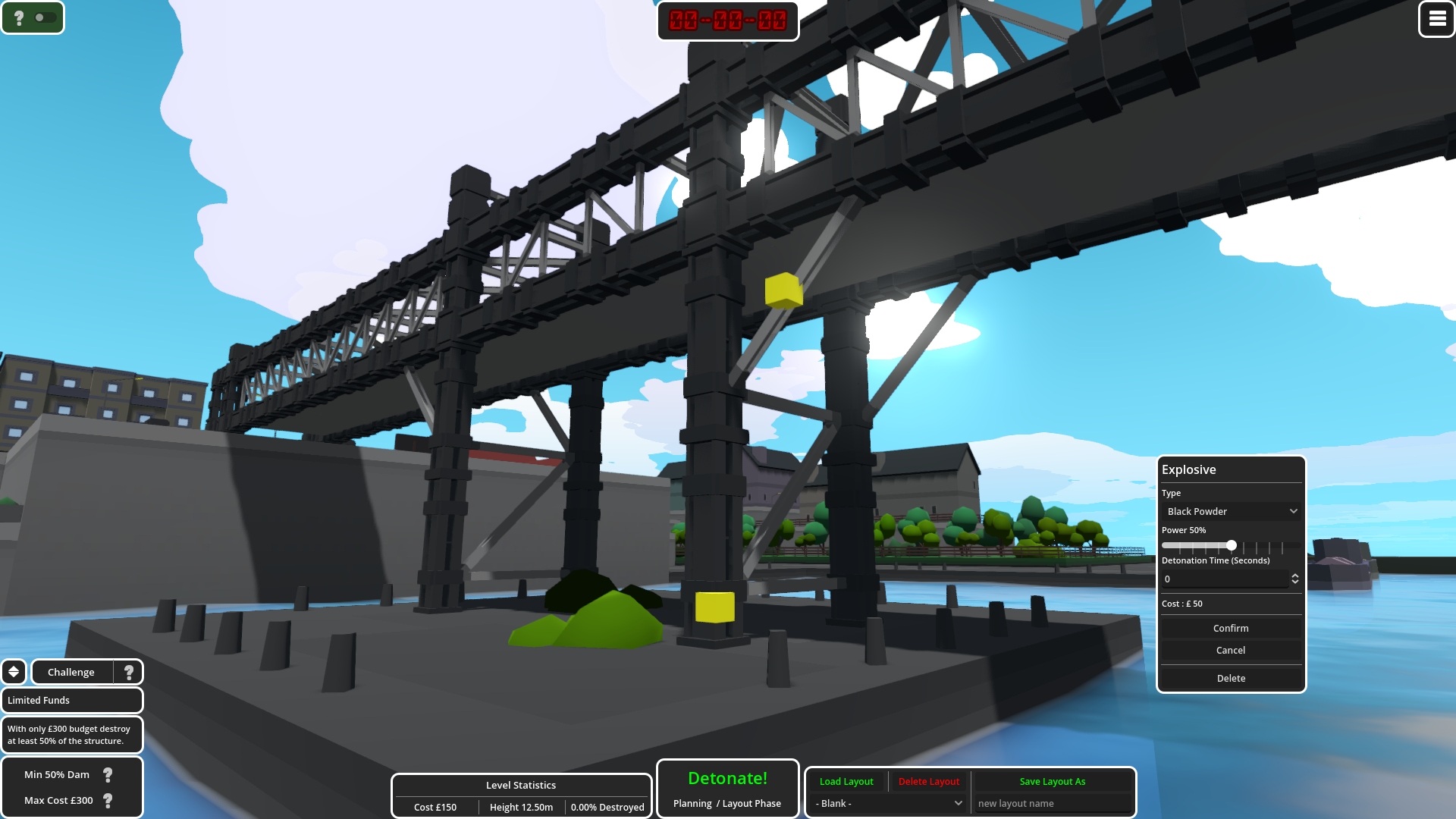
Mark: No great surprise here, as anyone who’s ever looked at anything I’ve done will testify, I have an aversion to the more mundane aspects of creation. Preparation of components like menus, options, warning messages and so on is tough to get motivated for.
I was advised that the best thing you can do is develop games that you yourself would really enjoy playing. So I have. Except that during development I spend more time refining and play testing the physics systems than creating menus.
Certainly the more modern development platforms make life a little easier with pre-built elements you can make use of. The pulldown menu and button style nodes available within GODOT for example have definately made my life more pleasant.
THC: Will we ever see a Wildebeest Games title on Steam or GOG?

Mark: In the decade and half since I last published anything there’s been big changes in how easy it is to get your work out there for sure. My previous model of having things available only through the Wildebeest Games website is pretty dated obviously. So Steam is a possibility in the future, GOG a little more unlikely.
For Detonate 3 I do have an itch.io page ready to go and intend to launch the early access / development versions through this platform initially as well as the final version when that comes around.
THC: Name a game, either released or in development, that you feel deserves more attention.

Mark: Junxions by CyberStorm has had my attention for a while. Due for release in 2025 (at the time of writing) it essentially puts you in the role of a junction designer and the challenge of ensuring smooth traffic flow (for trains, cars, pedestrians, etc) is right up my street. Sorry.
The developers have got a series of excellent diary entries on youtube that are well worth a look.
THC: Thank you for your time.

